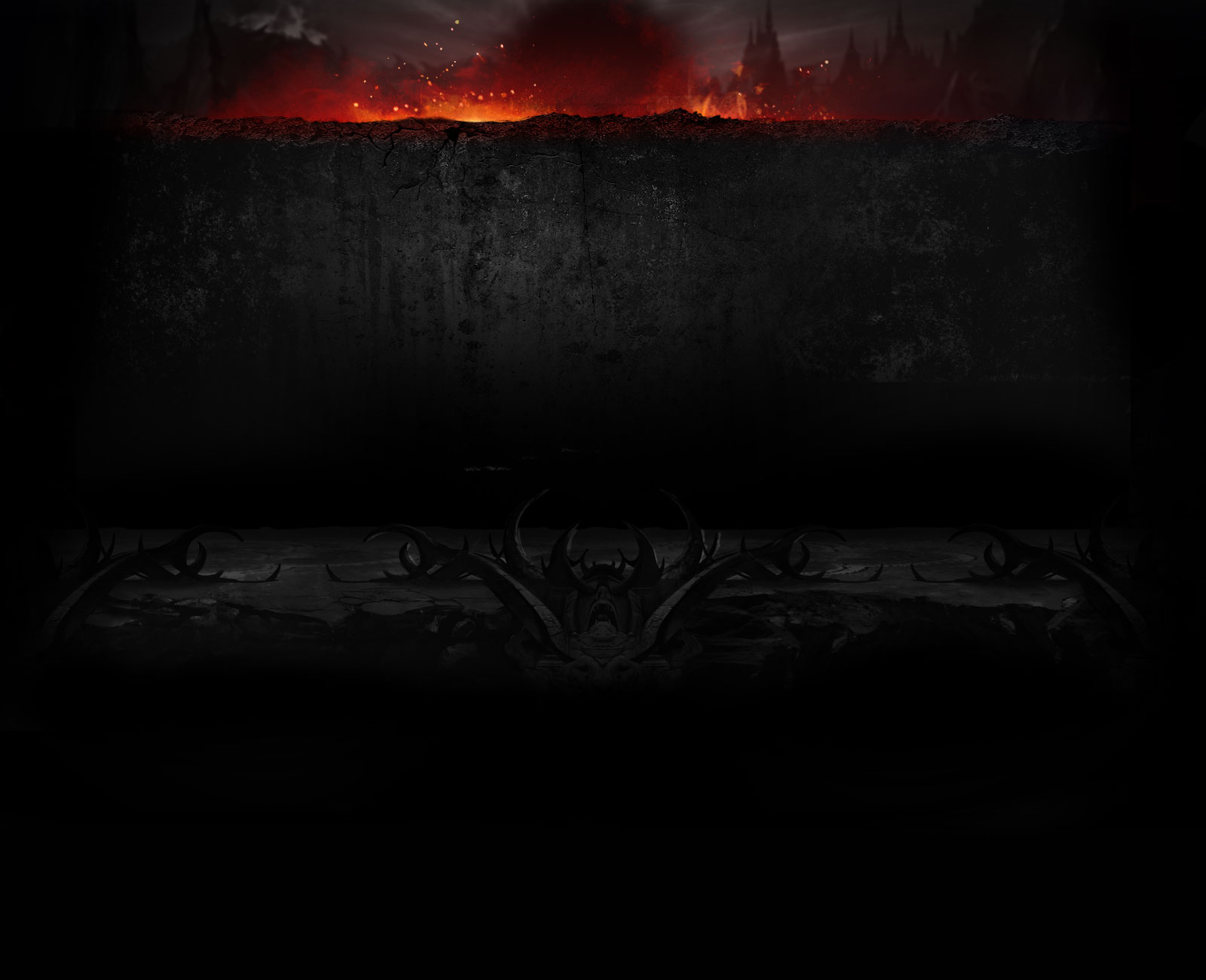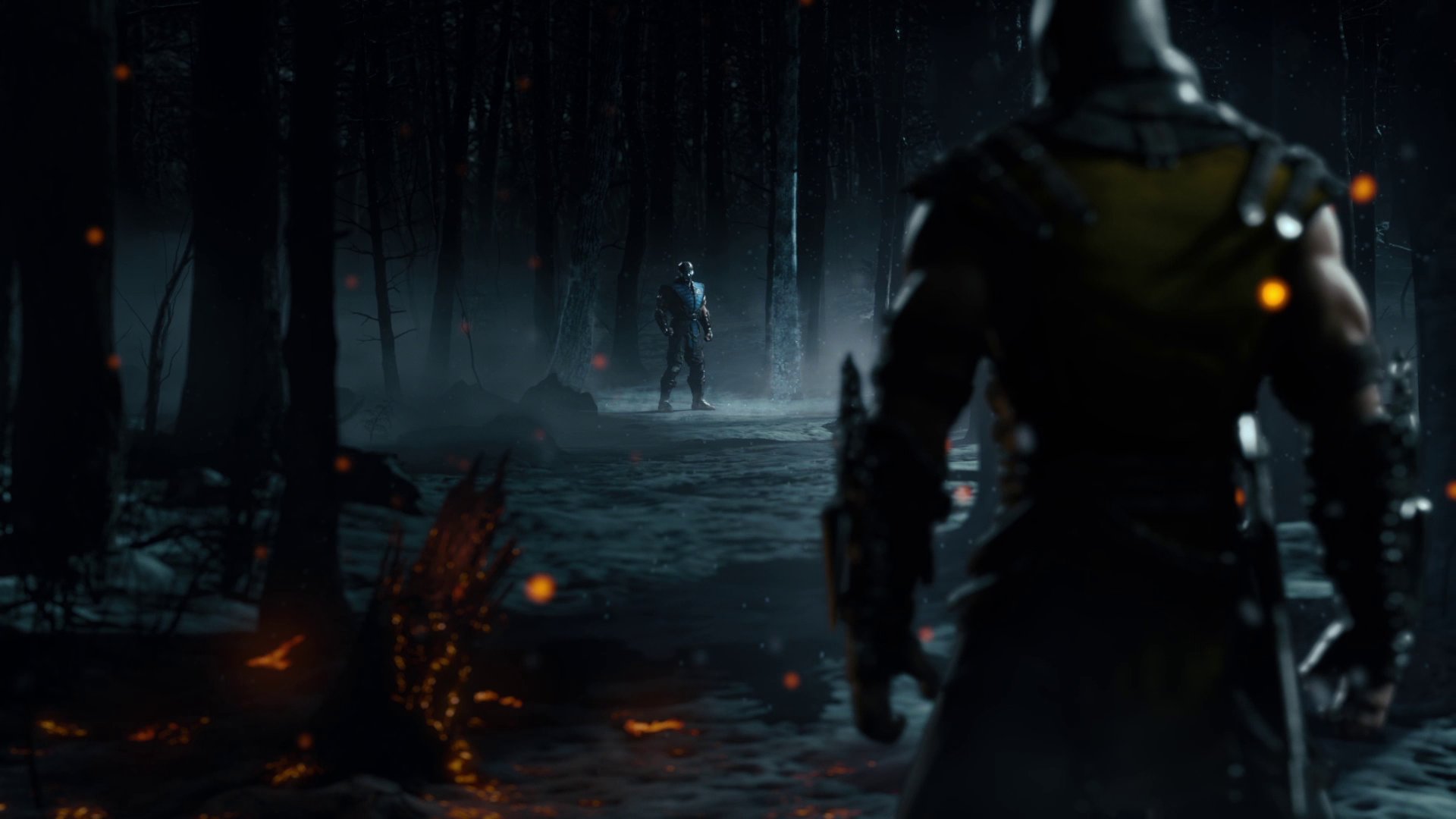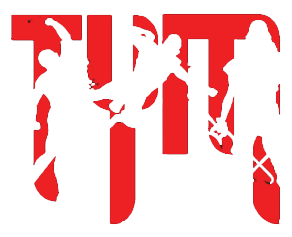Wildbill_0124
Noob
Hi everyone. Been reading up here for a week or so. With me being basically new to fighting games (this is the first I've played since MK on N64) there's a ton of information to absorb.
I enjoy the game but am running into several issues. In any of the multiverses that are skill level 4 or higher I get destroyed. Seems like when I get knocked down the opponent is already into their next combo before I can even stand up. I try blocking which leads to me backing myself into a corner. At that point I might as well just set the controller down til the fight is done. Any help or pointers on being able to escape or successfully play more defensively would be greatly appreciated.
I enjoy the game but am running into several issues. In any of the multiverses that are skill level 4 or higher I get destroyed. Seems like when I get knocked down the opponent is already into their next combo before I can even stand up. I try blocking which leads to me backing myself into a corner. At that point I might as well just set the controller down til the fight is done. Any help or pointers on being able to escape or successfully play more defensively would be greatly appreciated.







